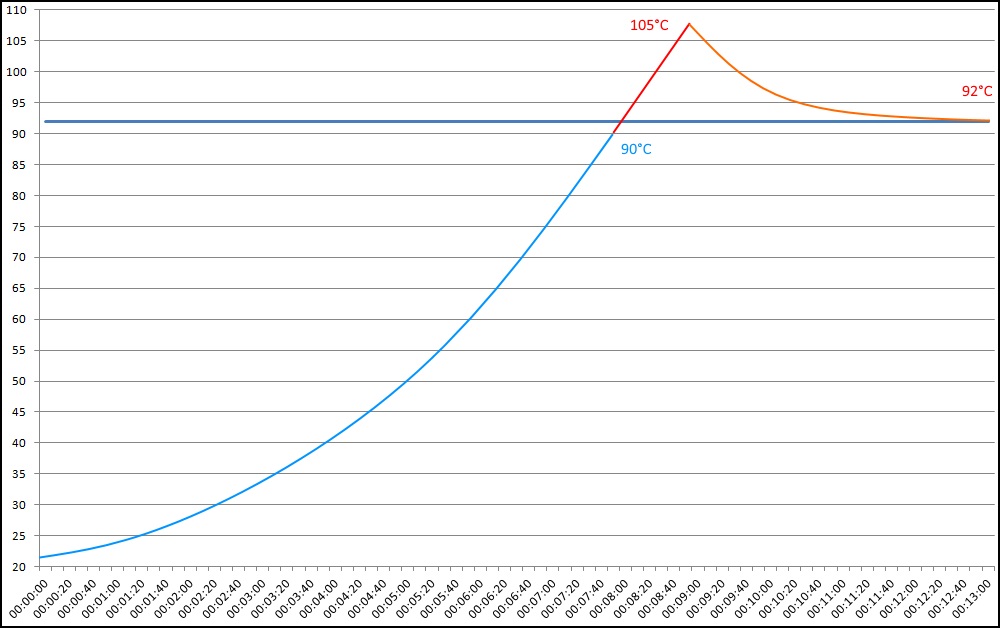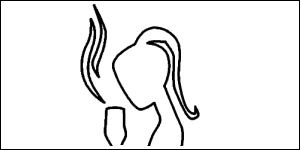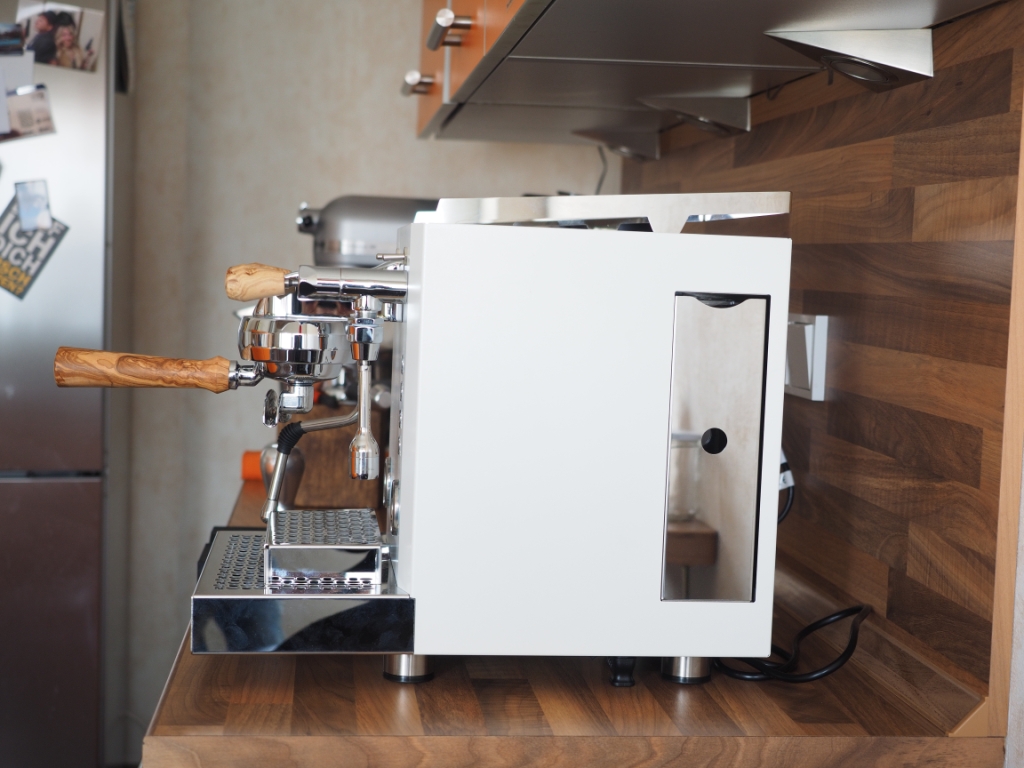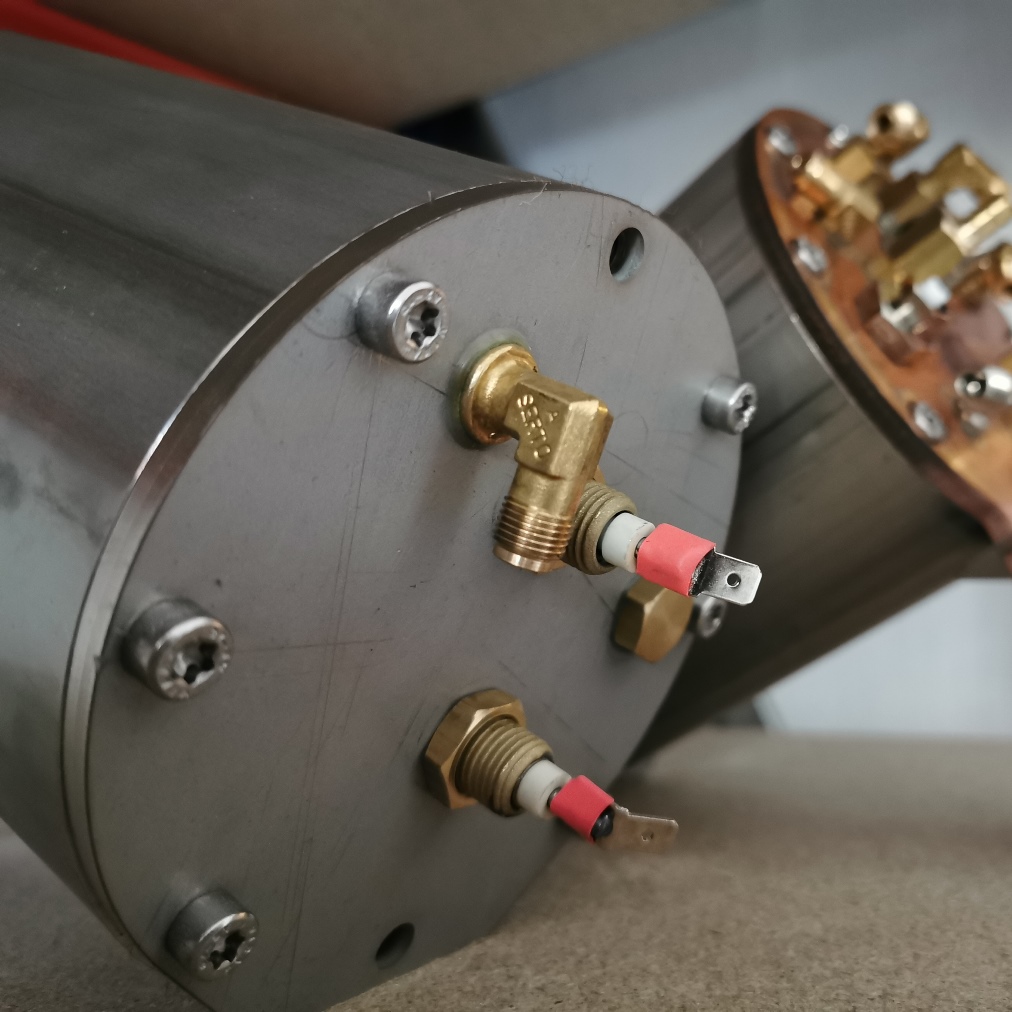
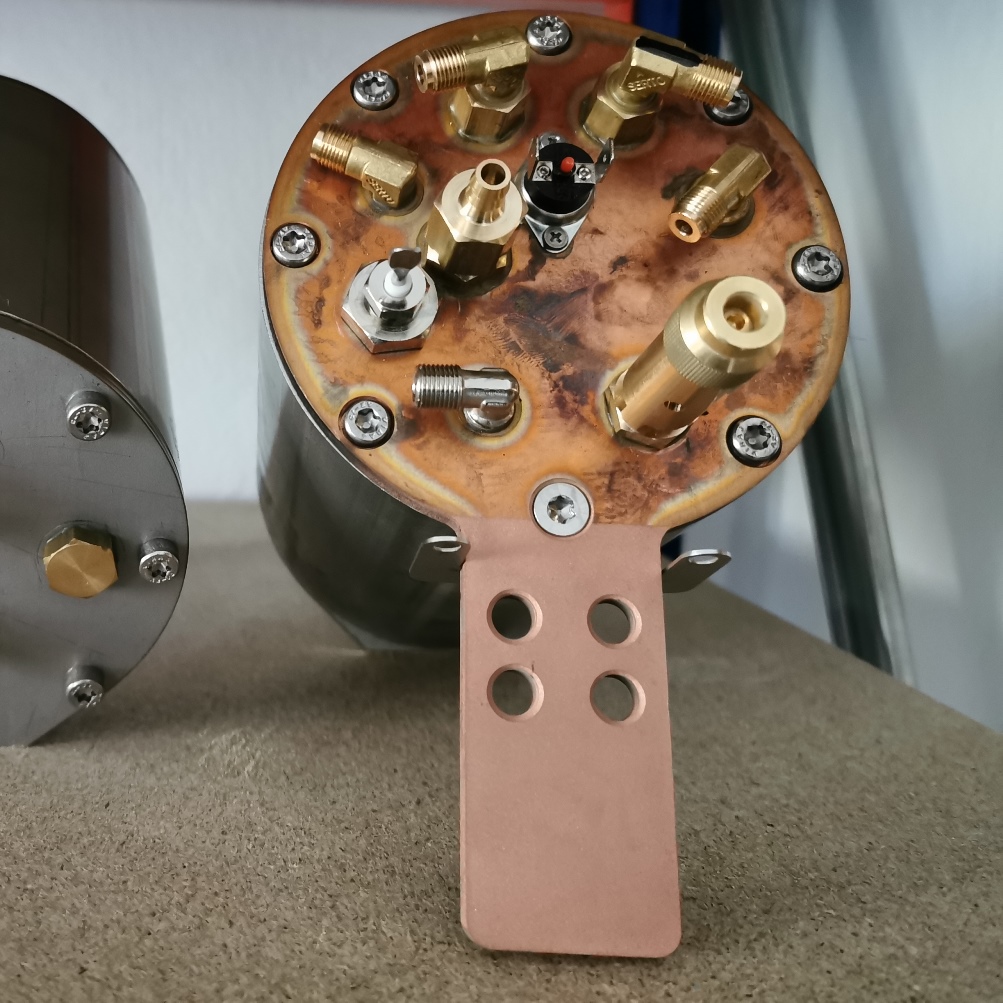
Dual circuit espresso machines have the small disadvantage that the heat exchanger (HX) is in constant contact with the hot boiler water and is always filled with water. Heat exchangers of common machines can have a volume of up to 400 ml of water. This means that an extraction always starts with water that is too hot (and possibly also water from the last time the machine was used). For this reason, among other things, internet forums often recommend a cooling flush before an extraction, which removes the excessively hot water as much as possible. However, this often has negative effects on thermal stability and reproducibility.
Another disadvantage is that at the high temperature, a lot of lime precipitates out of the standing water (if you have lime-containing water) and the heat exchanger gradually calcifies.
This problem can, however, be avoided with a change in the design. For this purpose, the draining 3-way valve is not installed after the heat exchanger on the way to the brew group, but under the boiler—i.e. before the heat exchanger. Therefore the heat exchanger can be run through the boiler as a slim pipe from top to bottom.
After coffee extraction, the 3-way valve opens and most of the water runs out of the machine from the brew group and the heat exchanger. (Small amounts may of course remain.)
The advantages are:
- There is no water in the heat exchanger to overheat. When an extraction begins, only the approx. 20 °C warm water from the tank is pumped into the brew group via the heat exchanger and is always heated evenly over the entire extraction time.
- No lime precipitates from the stagnant water, which can gradually calcify the heat exchanger.
- The heat exchanger can be very thin and thus heat all water flowing through very evenly.
- Fresh water is always drawn (and not water from the previous day from a conventional heat exchanger with a size of several 100 ml).
- The way after the heat exchanger to the brew group (BG) is extremely short because no 3-way valve has to be installed after the HX. This means that the water does not cool down afterwards. And no space is wasted next to the boiler for installing the 3-way valves.
